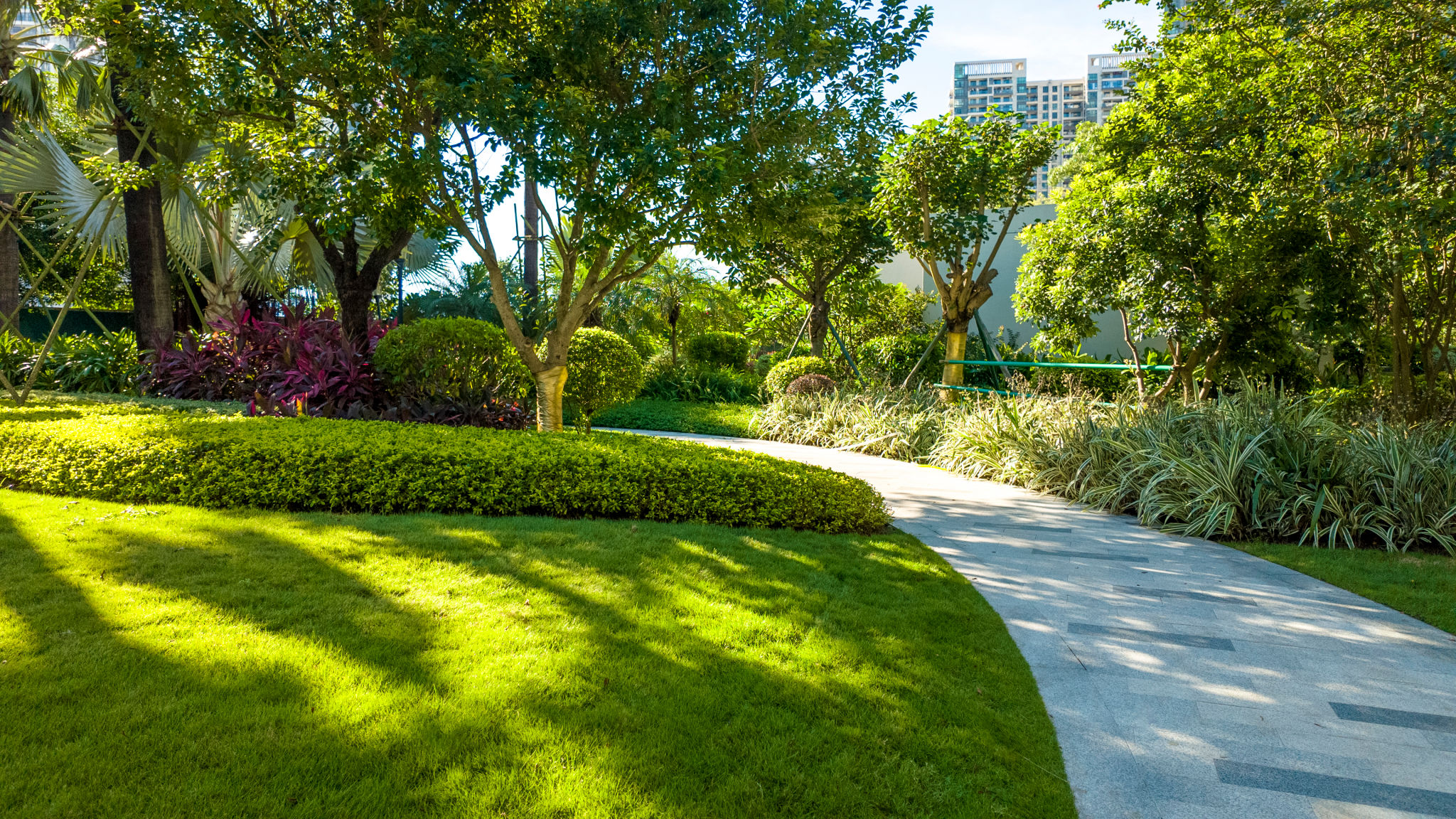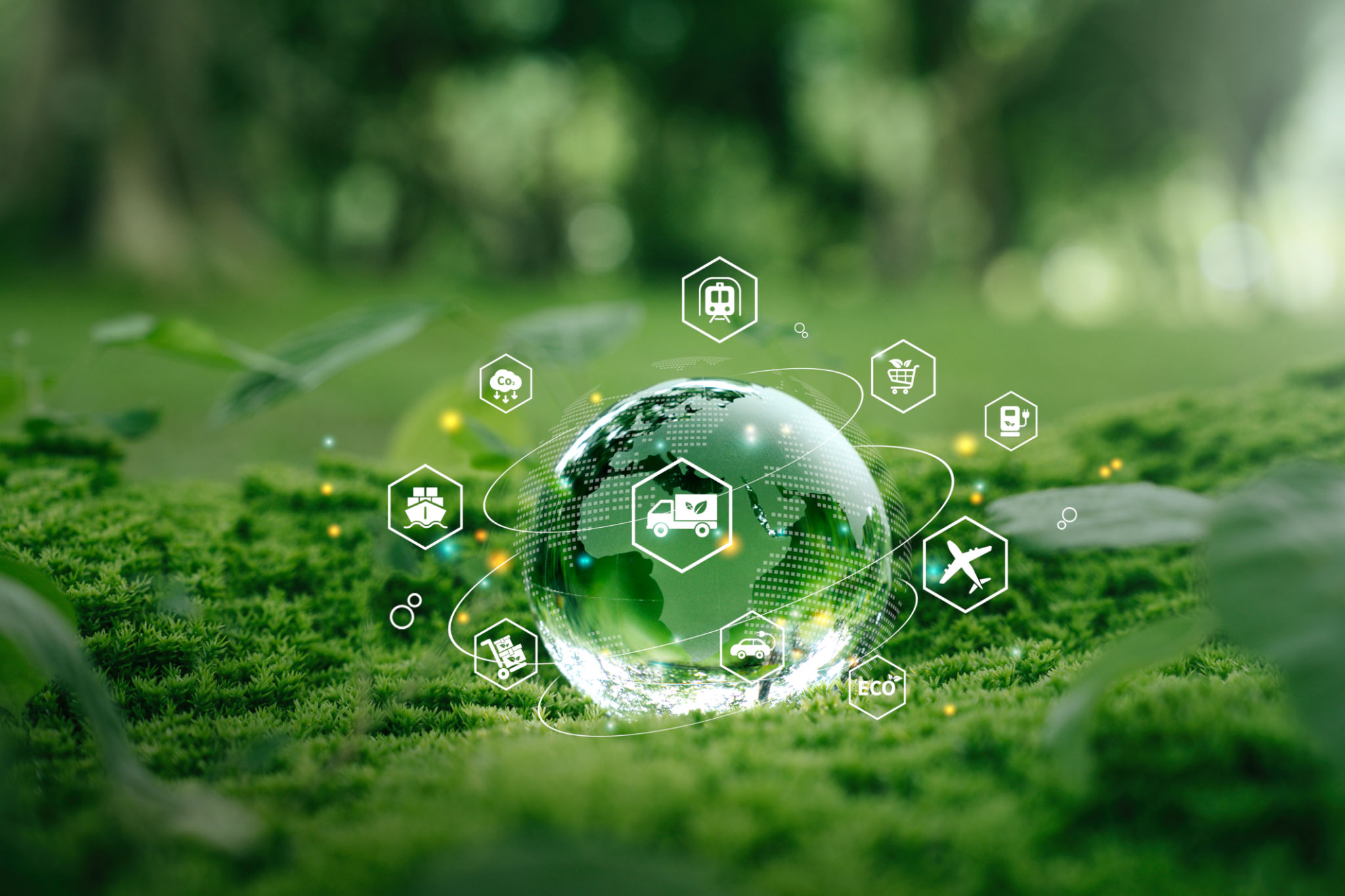Comparing Artificial Turf vs. Natural Grass for Commercial Spaces
Introduction to Artificial Turf and Natural Grass
In today's commercial landscape, the choice between artificial turf and natural grass is crucial for businesses aiming to create attractive and functional outdoor spaces. Both options offer unique advantages and challenges, making it essential to understand their differences to make an informed decision.

Cost Considerations
One of the primary factors to consider is cost. Natural grass generally requires a lower initial investment compared to artificial turf. However, the ongoing maintenance costs can be significantly higher for natural grass due to regular watering, mowing, fertilizing, and pest control. In contrast, artificial turf involves a higher upfront cost but minimal maintenance expenses over time.
Maintenance Requirements
Natural grass demands regular attention to keep it lush and healthy. Businesses must invest in irrigation systems, lawn care equipment, and hire maintenance staff or services. On the other hand, artificial turf requires periodic cleaning and occasional infill replacement, which is less time-consuming and cost-effective in the long run.

Environmental Impact
The environmental impact of each option is a significant consideration for eco-conscious businesses. Natural grass contributes to a cooler environment and supports biodiversity by providing a habitat for various organisms. However, its upkeep often involves water consumption and chemical treatments.
Artificial turf, while water-saving and chemical-free, is made from synthetic materials that can contribute to landfill waste at the end of its life cycle. Some newer turf options are being developed with eco-friendly materials to address these concerns.

User Experience and Aesthetics
The look and feel of the surface are essential for creating a welcoming commercial environment. Natural grass offers a soft texture and a vibrant appearance, which many find appealing. It also improves air quality by absorbing carbon dioxide and releasing oxygen.
Artificial turf has advanced significantly in recent years, offering a realistic look and feel that closely mimics natural grass. It provides a consistently green appearance throughout the year, regardless of weather conditions, which can be an attractive feature for businesses seeking low-maintenance beauty.
Durability and Longevity
When it comes to durability, artificial turf often outperforms natural grass, especially in high-traffic areas. Natural grass can become patchy and worn under heavy use, requiring frequent reseeding and repairs. Artificial turf is designed to withstand intense usage without losing its aesthetic appeal.

Safety Considerations
Safety is another important aspect for commercial spaces. Natural grass can become slippery when wet, posing a risk of falls. Artificial turf generally offers better traction and is often installed with shock-absorbing infill to reduce the risk of injury.
Conclusion
The decision between artificial turf and natural grass for commercial spaces depends on various factors including budget, maintenance capacity, environmental concerns, and desired aesthetics. By weighing these considerations, businesses can choose the option that best aligns with their goals and values.